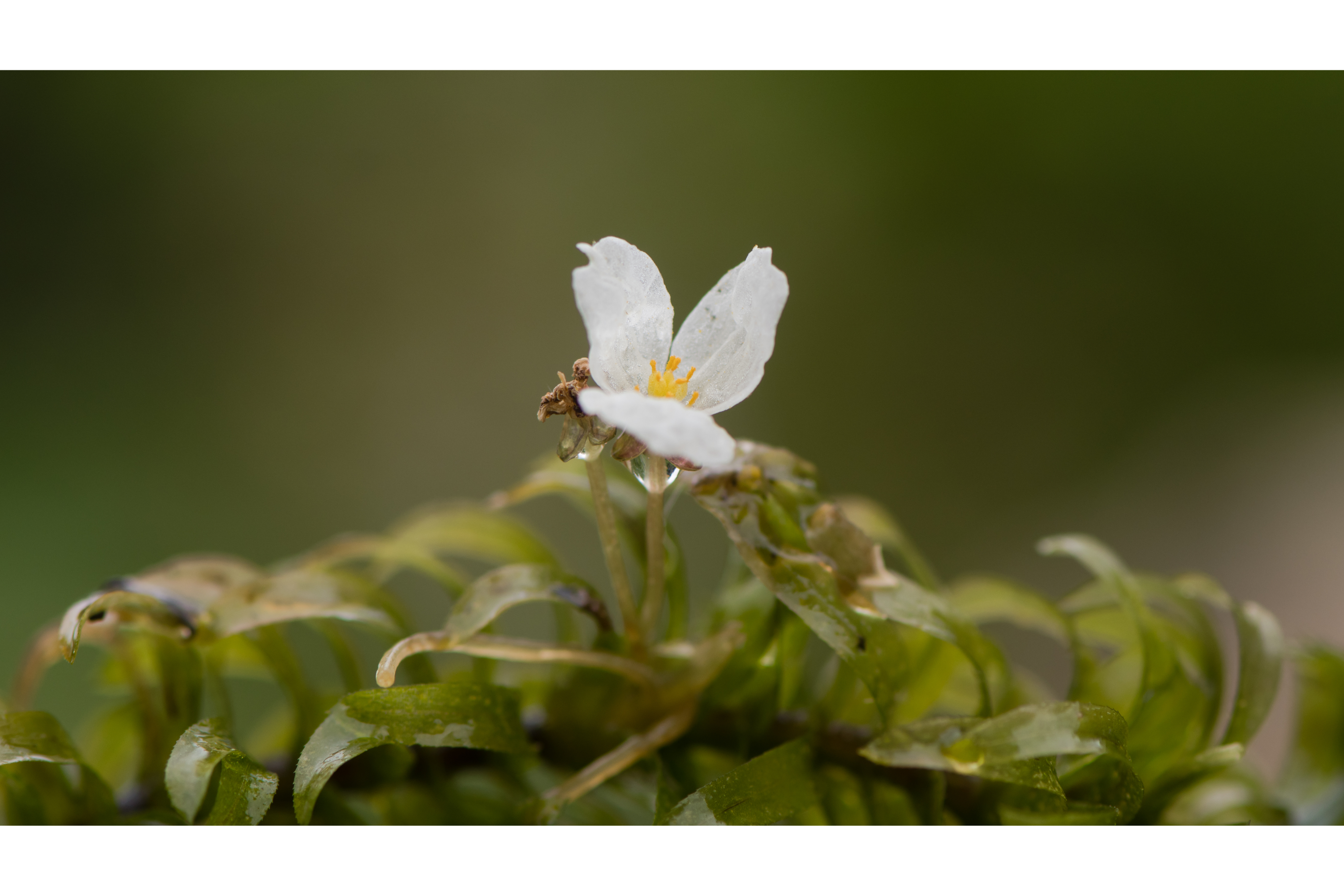Large-flowered waterweed
(Egeria densa)

Description
Egeria densa, the large-flowered waterweed or Brazilian waterweed, is a species of Egeria native to warm temperate South America in southeastern Brazil, Argentina, Chile and Uruguay. It is considered a problematic invasive species due to its use in home aquariums and subsequent release into non-native ecosystems. Egeria densa is an aquatic plant growing in water up to 4 m (13 ft) deep, with trailing stems to 2 m (6.6 ft) or more long, producing roots at intervals along the stem. The leaves are produced in whorls of four to eight, 1–4 cm (0.39–1.57 in) long and 2–5 mm (0.079–0.197 in) broad, with a pointed leaf tip. The stem system of the plant will grow until it reaches the surface of the water, where it will begin to spread out, creating a thick flower canopy that blocks light from reaching plants below it. It is dioecious, with male and female flowers on separate plants; the flowers are 12–20 mm (0.47–0.79 in) diameter, with three broad, rounded, white petals, 8–10 mm (0.31–0.39 in) long on male plants, and 6–7 mm (0.24–0.28 in) long on female plants. Egeria densa typically displays little variation in growth patterns throughout the year when grown in tropical environments; however, when grown in more moderate environments the plant spends most of its energy on starch production and storage in the winter and canopy growth during the summer season Egeria densa is native to Argentina, Brazil, Chile and Uruguay. As a result of its popularity in aquariums the plant has now spread to North America, Europe, Asia, Australia, New Zealand, and Africa. Temperature is important to the growth of Egeria densa; however, its growth is mostly stable in temperatures ranging from 16–28 °C (61–82 °F), with an upper temperature limit of 32 °C (90 °F) that results in reduced shoot growth and photosynthetic output. Colder temperatures will limit growth of the plant and can be used as a method of controlling its spread in non-native ecosystems. Egeria densa is able to match photosynthetic output to available light like many macrophyte species. The species' ability to thrive in low light conditions and its ability to form a dense canopy makes it a very successful invader compared with other macrophytes, resulting in a reduction in the diversity of plant species where it is introduced.
Taxonomic tree:







